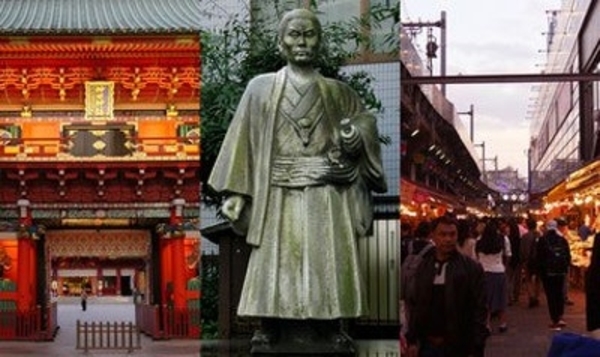Price:
6584 EUR
Contact
The University of Tokyo
Description
In recent years, Tokyo became a global tourist destination as interest in the city increased in the lead-up to the planned 2020 Olympics. While the Olympic venues are concentrated in the city’s southwest and along the waterfront, Tokyo’s historical center and the roots of its urban culture are located in the northeast of the city, in an area stretching from Nihonbashi north through Kanda and Akihabara toward Ueno and Yanaka, and eastward to Asakusa. This area remains home to a wide range of unique historical and cultural heritage.
This course offers an introduction to Tokyo’s urban history as Prof. Yoshimi explores northeast Tokyo by foot and boat in two sections: Tokyo Hillside and Tokyo Riverside. Visiting lesser-known historical places that have endured Tokyo’s modern transformation, this course will provide participants a different perspective on Tokyo when visiting for tourism, study, or work.
Prof. Yoshimi proposes a method of geo-history that examines the city’s history in the context of its topography and social geography. Both the Hillside and Riverside sections focus on the spatial changes that took place as Tokyo underwent modernization. In particular, the course focuses on how the experience of three military occupations impacted Tokyo’s historical development. The first occupation was at the end of the 16th century, when Tokugawa Ieyasu established a new regime in Edo (modern-day Tokyo). The second was in the late 19th century, when the forces of the new imperial army arrived from Kyoto in the west. The third was the occupation by the American military that began in 1945 and preceded the rapid urban development of the 1950s and 1960s. The lectures will explain how the hillside and riverside areas were impacted by these occupations and underwent urban changes as a result.
Sites to Visit
Module 1
• The University of Tokyo
• Kikuzaka
• Ueno
• Kuromon (Black Gate)
• Yanaka
Module 2
• Burial Mound of Masakado’s Head
• Kanda Shrine (Interview with Shimizu Yoshihiko, the Chief Priest)
• Yushima Confucian Temple
• Nicolai-do (Holy Resurrection Cathedral)
• Manseibashi
• Akihabara
• Ameyoko
• Korean Town in East Ueno
• As-Salaam Foundation (Interview with Mohamed Nazeer, Founder and Chairman)
Module 3
• Nihonbashi
• Nihonbashi River
• Ryukan-sakurabashi
• Kanda River
• Sumida River
• Kamejima River
Module 4
• Tomb of Kondo Isami
• Kannonbashi over Shakujii River
• Otonashi Shinsui Park
• Toden Arakawa Line
• Yoshiwara Benzaiten
• Asakusa
• Interview with Sato Shintaro, Photographer 〜TOKYO SKYTREE〜
• Asakusa with the TOKYO SKYTREE
Specific details
Category of Education
Arts and Humanities
